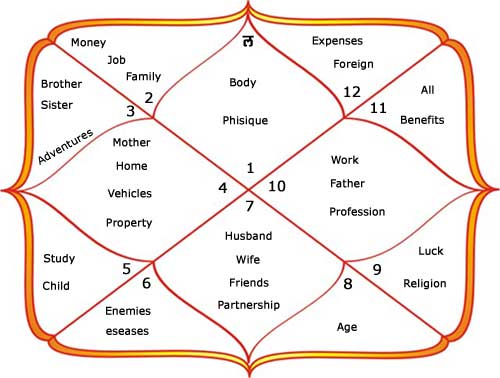Kundli matching, also known as horoscope matching, is a traditional practice in Hindu astrology that aims to determine the compatibility of two individuals for marriage or a long-term relationship. It is based on the belief that the positions of celestial bodies at the time of birth can provide valuable insights into an individual’s personality, strengths, weaknesses, and overall compatibility with a potential partner. In this article, we delve into the world of Kundli Matching and explore the astrological insights it offers into relationship compatibility.
Understanding Kundli Matching:
What is Kundli?
The Kundli, also referred to as a birth chart or horoscope, is a graphical representation of the positions of celestial bodies such as the Sun, Moon, planets, and stars at the time of an individual’s birth. It serves as a blueprint of an individual’s life, outlining various aspects like personality traits, career prospects, and relationships.
The Role of Astrology in Kundli Matching:
Astrology plays a significant role in Kundli matching. It involves analyzing the Kundlis of both individuals and comparing various planetary positions and their interactions. The astrologer assesses factors such as the placement of the Moon, the Ascendant (Lagna), and the position of different planets in different houses to determine the compatibility between the prospective partners.
Key Factors Considered in Kundli Matching:
Guna Milan:
Guna Milan is one of the primary aspects of Kundli matching. It involves assessing the compatibility of the Gunas (qualities) of both individuals. The Gunas are divided into eight categories: Varna, Vashya, Tara, Yoni, Graha Maitri, Gana, Bhakoot, and Nadi. Each Guna carries a certain weightage, and a higher cumulative score suggests better compatibility between the partners.
Mangal Dosha:
Mangal Dosha is a significant consideration in Kundli matching. It is associated with the planet Mars and is believed to bring challenges and obstacles in a relationship. When one or both partners have a Mangal Dosha in their Kundli, specific remedies may be suggested to neutralize its effects and ensure a harmonious relationship.
Ashtakoota Compatibility:
Ashtakoota compatibility is another crucial factor in Kundli matching. It involves analyzing the eight aspects (Kootas) of compatibility between the partners, such as Varna, Vashya, Tara, and others. The cumulative score obtained from these eight factors provides insights into the overall compatibility between the individuals.
Benefits and Limitations of Kundli Matching:
Understanding Compatibility:
Kundli matching offers valuable insights into the compatibility between two individuals. It helps identify areas of harmony and potential challenges in a relationship, allowing the couple to make informed decisions.
Facilitating Communication:
By discussing the results of Kundli matching, couples can have meaningful conversations about their similarities, differences, and expectations. This can help establish effective communication and build a strong foundation for their relationship.
Cultural Significance:
Kundli matching holds significant cultural and traditional value, particularly in Hindu marriages. It serves as a unifying factor for families, bringing together the astrological beliefs and cultural practices.
However, it’s essential to acknowledge the limitations of Kundli matching:
Individual Differences:
Astrology and Kundli matching do not account for the uniqueness and complexities of each individual. It is crucial to remember that personal growth, understanding, and communication play vital roles in relationship success.
Subjectivity and Interpretation:
The interpretations of astrologers may vary, and different astrologers may consider different factors important in Kundli Matching. This subjectivity can sometimes lead to conflicting opinions and confusion.


